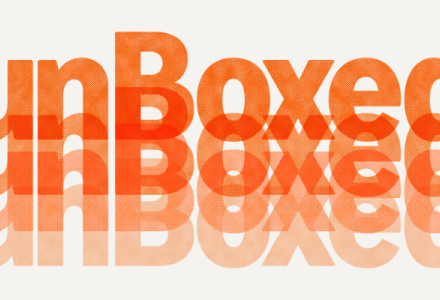Amazon Selling Models - the importance of unit level evaluations
Navigating through the various methods of selling on Amazon can be incredibly challenging. Any brand needs to consider the complexities of their own products, as well as the costs associated with each of Amazon's selling models. Understanding which model to choose is key, but it can be difficult to decide on the benefits and levels of profitability that each model offers. For some brands, the support that Amazon provides - whether it's from the vendor team or through advertising - is integral to their success. On the other hand, the vendor benefits may not seem advantageous, and with the right products, a seller account could be much more successful.
We recognise that the best choice of model can only be made on a case-by-case basis and must be evaluated at a unit level. Some articles suggest that Amazon FBA taking 50% of a brand's profit makes it an unviable choice, but without doing a unit level P&L, this doesn't uncover the full story.
Using two scenarios, we can show what the best choices are on the surface for two different products. Both scenarios are based on two products that have exactly the same weight, dimensions, Amazon terms (15%), and COGs (20% of the RRP excl. Vat).
Product 1 is sold at an RRP of £8.33 excl. VAT (£10 incl. VAT) and sold to Amazon at 60% of that value through a wholesale price of £5.
Comparing the seller and vendor options, we can see that there is greater profitability through the vendor model in this case. With fees taking up over 50% through FBA, this is largely driven by the flat shipping fees based on weight and dimensions, which are not a factor in any costs for the vendor model. Based on profitability alone, we would recommend selling this product through the vendor model for maximum gains.
Product 2 is sold at an RRP of £83.33 excl. VAT (£100 incl. VAT) and sold to Amazon at 60% of that value through a wholesale price of £50.
We can immediately see a different story with this product. Profitability is almost double for the seller model than it is for the vendor model, based on the same variables. With only variable costs through FBA, such as Subscribe & Save and referral fees, most of the fees are flat, so shipping and storage fees remain the same based on weight and dimensions. In this scenario, we can see that the vendor model is losing profit based on the wholesale price, which is considerably lower than what we can sell to the end consumer via FBA.
Tambo's view
Choosing the best model for selling on Amazon depends on various factors, and it's important to evaluate each scenario on a case-by-case basis at a unit level. It's crucial to consider the complexities of your products, the associated costs, and the benefits of each model.
By doing so, you can determine the best approach to maximize your profits and drive your brand's success on Amazon. Get in touch for support in evaluating your catalog.
Joe Farley
Tambo's Associate Director of Consultancy
Read more about driving profitability on amazon and 2023 Fulfilment by Amazon Fee Increases.



